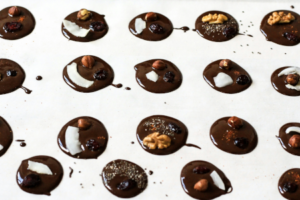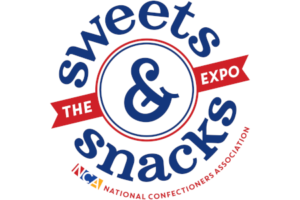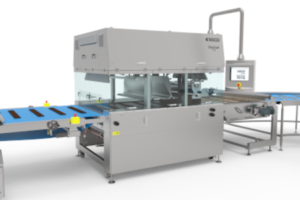As flexible packaging dominates the confectionery sector, this feature assesses the types of flexible packaging and the machine innovations in this sector.
A type of packaging that is commonly used in the confectionery sector is flexible packaging. In recent years the incorporation of flexible packaging has become increasingly popular for many reasons involving changing consumer demands, meaning that manufacturers are more likely to be using this product and introducing this type of machinery into their working environment. With that being said, this exclusive feature focuses on the ongoing machinery innovations occurring in the flexible packaging sector and which companies are leading the way to meet the ever-developing client and consumer demands.
Types of flexible packaging?
There are various types of flexible packaging that companies can utilise to protect their product. All these products serve various purposes and depending on what the client desires it is important to take into consideration what type of flexible packaging your product will require. One form of flexible packaging is flexible pouch packages which are customisable and can transform into any shape and size. They are used in a wide range of applications: 3-side-seal pouches, gusseted bags, stand-up pouches, spouted pouches, zipper pouches, vacuum bags, sterilisation pouches, retort pouches, and microwaveable pouches. It has been noted that the stand-up pouch has become the dominant packaging style in the flexible markets sector as it requires very little material and is unbreakable.
These bags are easy for transportation, provide greater material savings, and have the possibility of repeated usage. On top of this, they create a perfect food storage environment and the packaging style itself means that there is plenty of room for large area printing and branding on the product. They function as their name suggests – they stand upright on shelves in an airtight closure. All of this means that it is highly attractive for many companies to advertise their brand and also ensure that expenses are managed since fewer resources are used in their creation. Furthermore, they are attractive to consumers as not only do they look more visually appealing, but in turn they are also safer when it comes to protecting food.
Filmed packages are also widely used in the food packaging sector. Many of the films provide different functions and there are around 14 popular flexible film materials that are used. However, the top three that are used are:
- (EAA) Ethylene Acrylic Acid – A tie layer between aluminium foil and other polymers.
- (EVA) Ethylene Vinyl Acetate – An adhesive layer, moisture barrier, and heat-sealable food contact layer.
- (EVOH) Ethylene Vinyl Alcohol – An oxygen barrier typically placed between PE/PP films, EVOH must be protected from moisture.
Finally, a typical and well-known form of flexible packaging that has been with consumers for decades has been wrappers and wrapping films. Wrapping is a packaging process whereby the product is wrapped in clear or printed film.
Read more of this article here: February 2022 Single Issue form – International Confectionery Magazine (in-confectionery.com)
Media contact
Roshini Bains,
Editor, International Confectionery
Tel: +44 (0) 1622 823 922
Email: editor@in-confectionery.com









